Minor injuries to horses
Every horse owner regularly has to deal with minor or major injuries to their equine. As a flight animal, this tends to have unpredictable and sometimes violent reactions to frightening situations, which can easily lead to injuries. Other causes lie in normal herd activity or simply in uncontrolled movement in the paddock or paddock. Not to mention minor injuries or skin injuries caused by insect bites. And of course, as the owner, you are not necessarily there at the moment of the incident, but only discover such injuries some time later.
If it is a serious, bleeding or open wound, it is definitely advisable to contact the veterinarian after first aid in order to coordinate further action.
However, if the wound is actually only superficial and a minor problem that will heal on its own and does not require veterinary support, the horse owner can actively support the wound healing.
A fresh wound bleeds or oozes, which causes dirt, germs and later dead tissue or crusts caused by clotted blood to be flushed out of the wound. The horse owner can use this natural wound cleaning and accelerate the drainage of wound secretions and self-healing. MEDILUSAN VET WOUND CARE CLEANING AND DISINFECTION is particularly suitable for this. The spray liquid, which consists of an electrochemically activated saline solution, helps the body to thoroughly rid itself of dirt, germs and dead tissue.
If the wound begins the healing process, it is important not to disturb the initial wound healing. Small injuries are covered by a so-called scab; in larger wounds, sometimes only a protective film of blood platelets forms over the healing skin lesion. Even in this phase, the horse owner can support the natural process by covering the open area with MEDILUSAN VET WUNDGEL no more than once a day. A transparent, breathable film is formed that protects the wound from drying out and prevents new contamination.
In the final phase of wound healing, the body does not need any further wound moistening with gel, ointment or rinsing solutions so that the wound can close and form a robust covering layer. During this phase, it is important not to put tension on the wound so that the delicate scar tissue does not tear. If the wound begins to ooze during this phase, it is important to ensure that it can dry out, i.e. to allow as much air as possible into the wound. However, if healing stagnates or worsens, it is advisable to consult your veterinarian.
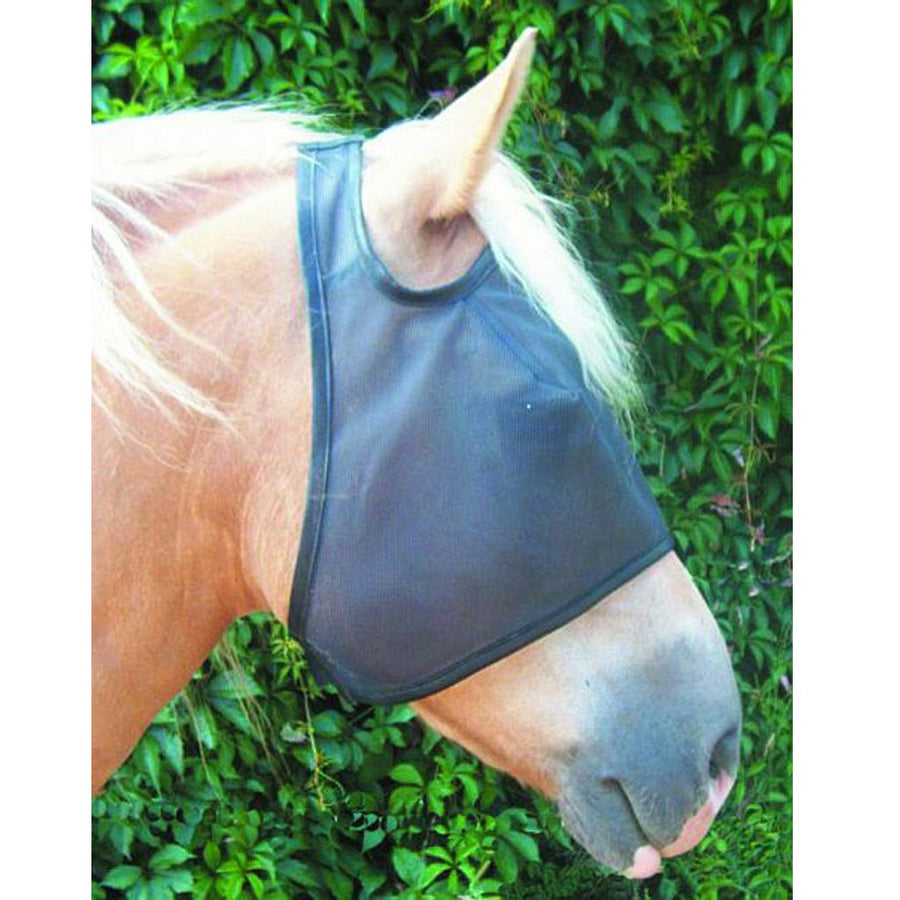
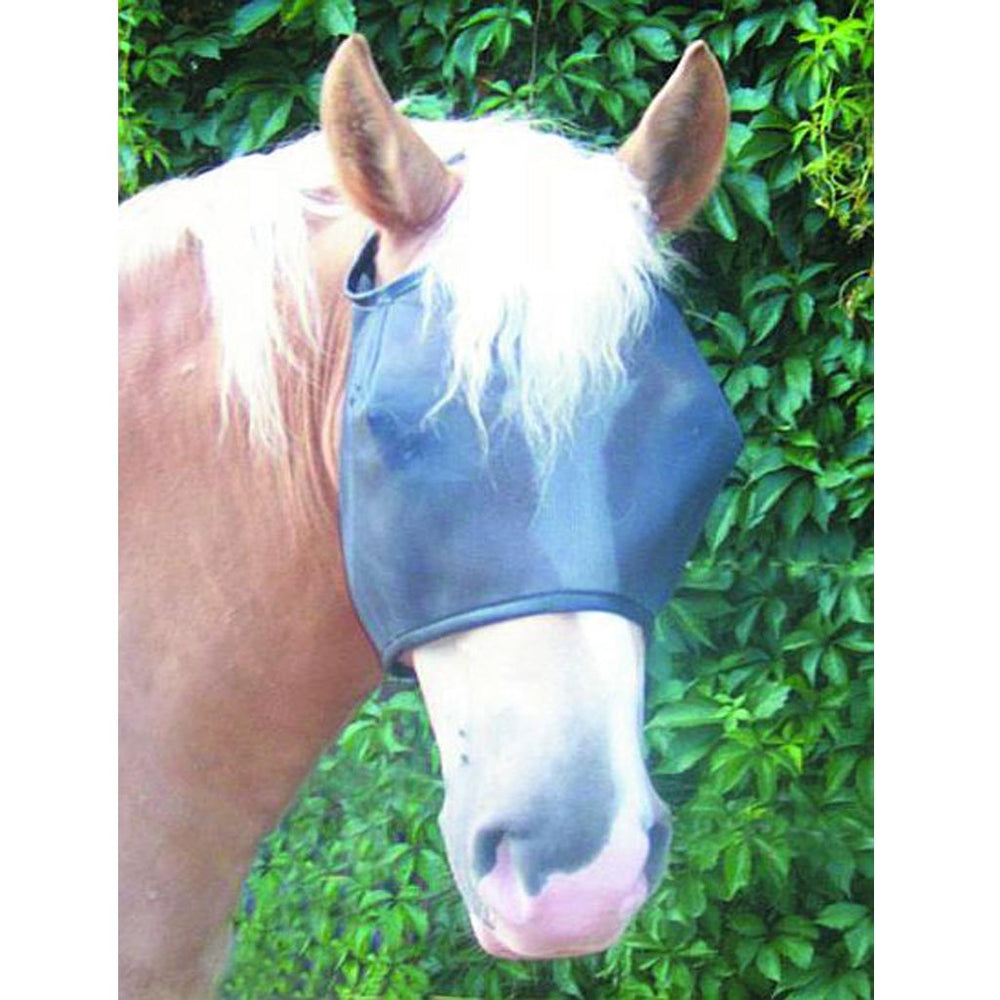
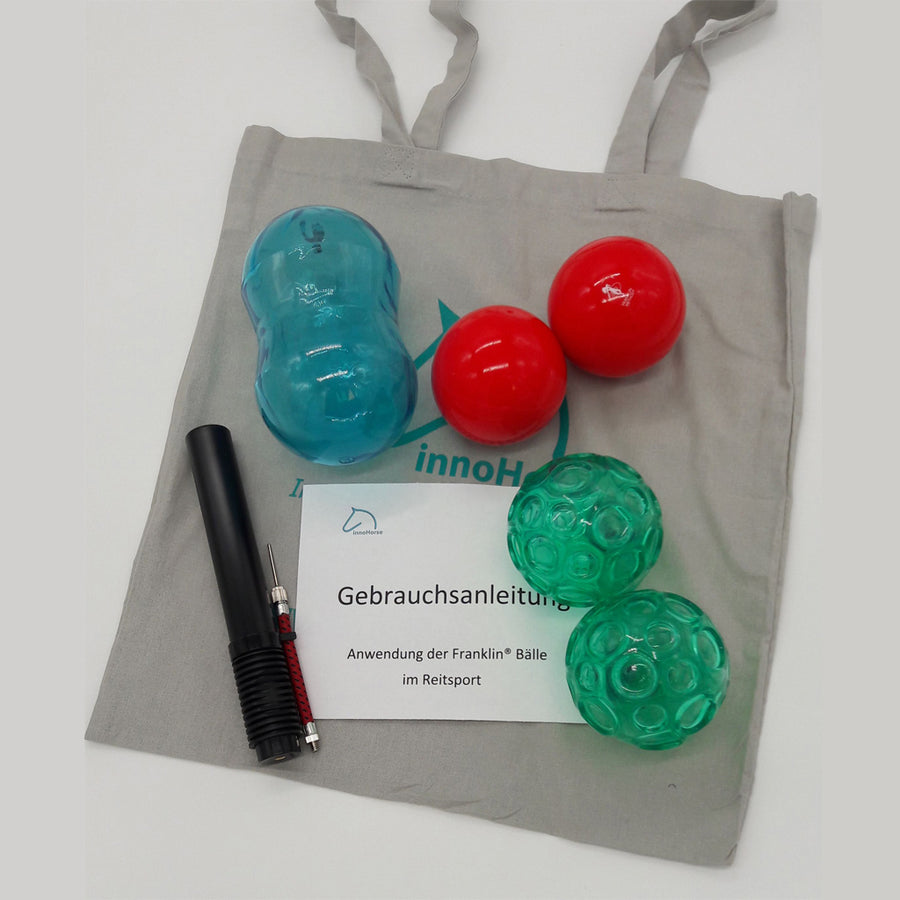
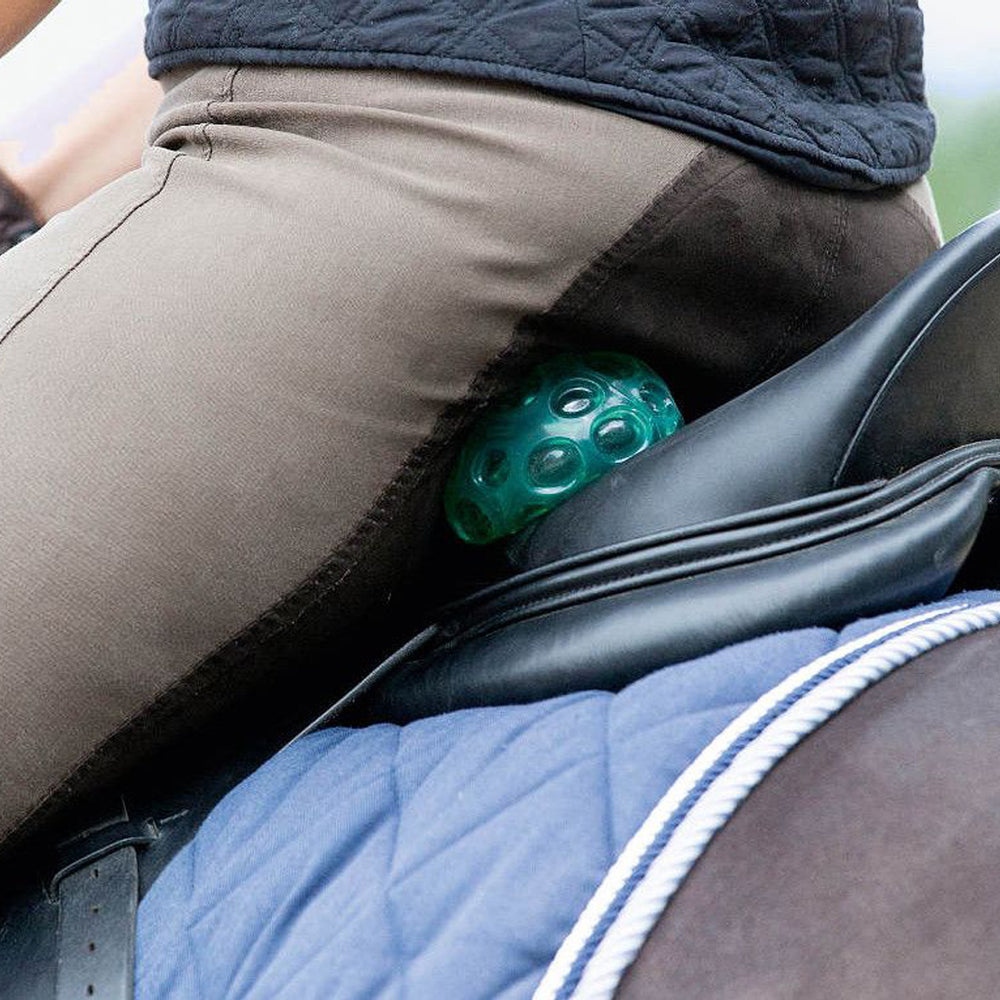
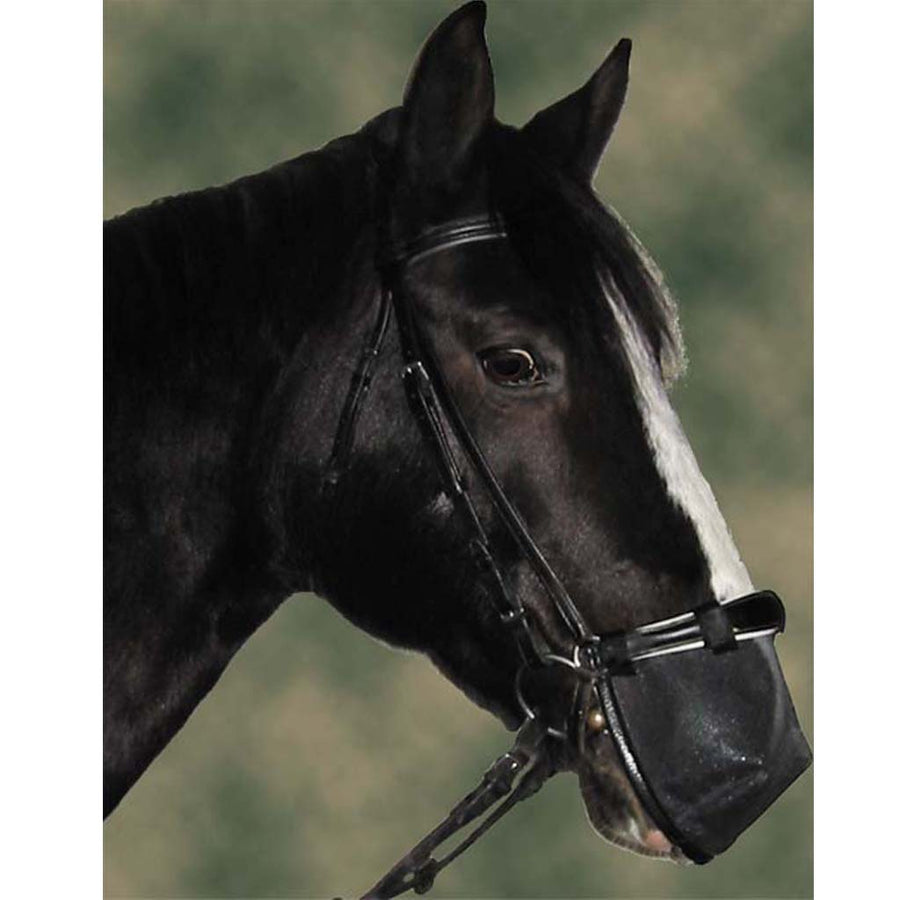

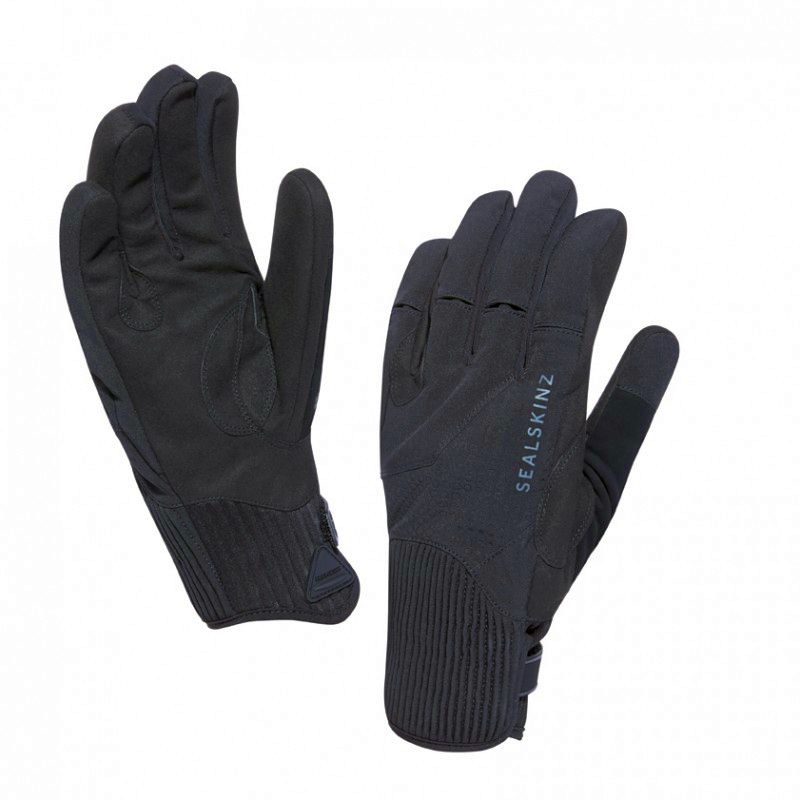



Write a comment